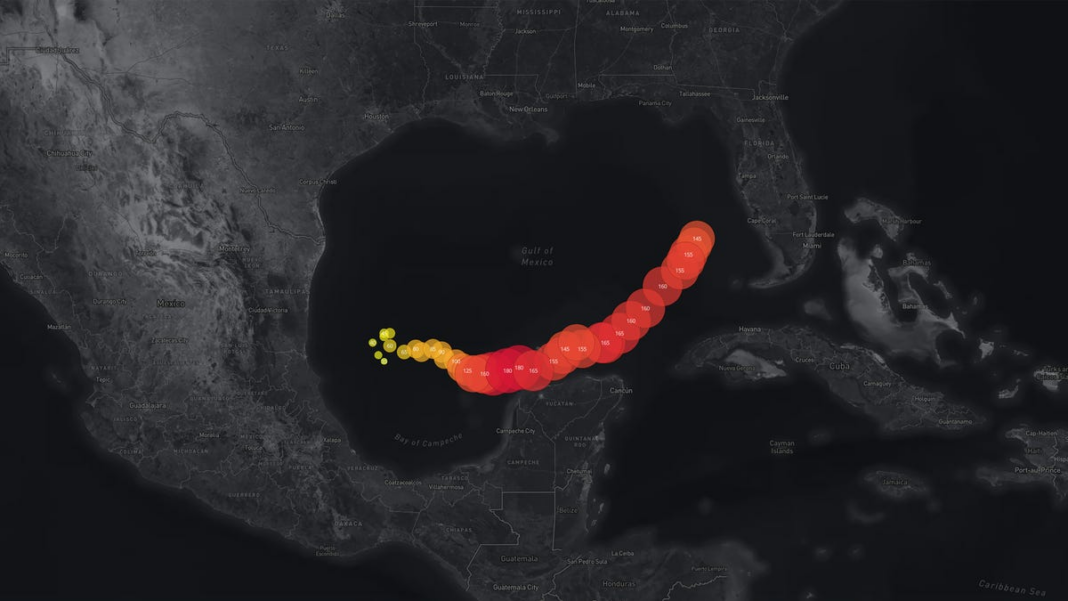When and Where Hurricane Milton’s Winds are Strongest
This week, Hurricane Milton demonstrated tremendous intensity, as its wind speeds increased by 130 mph over the course of just 36 hours while traversing the Gulf of Mexico. This rapid intensification surprised meteorologists, marking it as one of the strongest storms recently recorded in this region.
Although Hurricane Milton experienced a slight decrease in peak wind speed as it neared land, it simultaneously expanded its wind field, resulting in a larger storm overall. Its size increased by over 100 miles in diameter within just 24 hours from Tuesday to Wednesday morning.
Milton’s Winds Increased at an Alarming Rate
Milton rapidly escalated from a Category 1 hurricane to a Category 5 in roughly 22 hours, according to the National Hurricane Center.
The Strongest Winds of Hurricane Milton
On Monday at noon EDT, Hurricane Milton reached Category 5 status before achieving its peak wind speed of 180 mph by 5 p.m. the same day near Mexico’s Yucatan Peninsula. As it moved northeast towards Florida, it diminished to a Category 4 hurricane. The National Hurricane Center anticipates that it will make landfall near Tampa Bay on Wednesday night.
Warm Gulf Waters Accelerated Milton’s Intensity
Nasa reports that the sea surface temperatures in the Gulf of Mexico are significantly above average for this season. The warm water and minimal vertical wind shear contributed to the rapid strengthening of the storm. Rapid intensification describes the phenomenon when a tropical cyclone’s maximum sustained winds increase by at least 35 mph within a 24-hour period.
Milton’s wind speeds surged at three times that rate, soaring from 80 mph to 175 mph between 2 p.m. Sunday and 2 p.m. Monday.
Nasa notes that surface waters exceeding 82 degrees Fahrenheit are typically necessary for sustaining and intensifying hurricanes.

